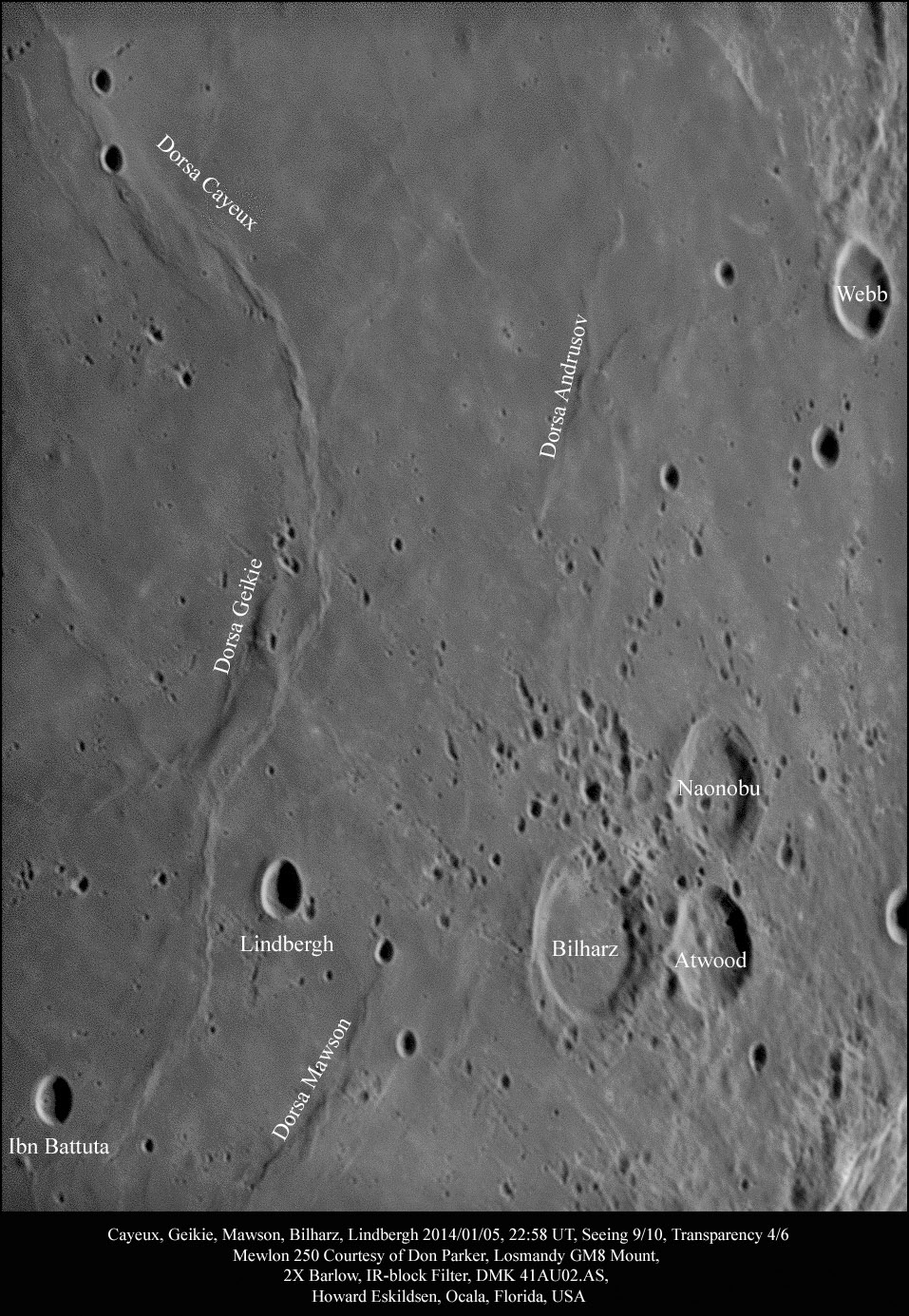Difference between revisions of "January 13, 2014"
| (8 intermediate revisions by the same user not shown) | |||
| Line 1: | Line 1: | ||
__NOTOC__ | __NOTOC__ | ||
| − | =Wrinkles | + | =Wrinkles and Flukes= |
| − | + | <!-- Start of content --> | |
| − | + | <!-- ws:start:WikiTextHeadingRule:0:<h1> --> | |
<!-- ws:start:WikiTextLocalImageRule:6:<img src="/file/view/LPOD-Jan13-14.jpg/482270238/LPOD-Jan13-14.jpg" alt="" title="" /> -->[[File:LPOD-Jan13-14.jpg|LPOD-Jan13-14.jpg]]<!-- ws:end:WikiTextLocalImageRule:6 --><br /> | <!-- ws:start:WikiTextLocalImageRule:6:<img src="/file/view/LPOD-Jan13-14.jpg/482270238/LPOD-Jan13-14.jpg" alt="" title="" /> -->[[File:LPOD-Jan13-14.jpg|LPOD-Jan13-14.jpg]]<!-- ws:end:WikiTextLocalImageRule:6 --><br /> | ||
<em>image by [mailto:howardeskildsen@msn.com Howard Eskildsen]</em><br /> | <em>image by [mailto:howardeskildsen@msn.com Howard Eskildsen]</em><br /> | ||
| Line 13: | Line 13: | ||
<br /> | <br /> | ||
<strong>Related Links</strong><br /> | <strong>Related Links</strong><br /> | ||
| − | <em>[ | + | <em>[[21st Century Atlas of the Moon|21st Century Atlas]]</em> chart 3.<br /> |
<br /> | <br /> | ||
| + | <p><b>Yesterday's LPOD:</b> [[January 12, 2014|Degassing Moon]] </p> | ||
| + | <p><b>Tomorrow's LPOD:</b> [[January 14, 2014|But is it Art?]] </p> | ||
<hr /> | <hr /> | ||
| − | + | {{wiki/ArticleFooter}} | |
| − | |||
| − | |||
| − | |||
Latest revision as of 08:27, 28 October 2018
Wrinkles and Flukes

image by Howard Eskildsen
Has anyone ever actually looked at this part of the Moon? There are so many other interesting distractions nearby such as the Messier pair, Crisium, Nectaris, the Western Chain, etc, that this place is about as close to nowhere on the Moon as one could seem to get. At first glance it may seem dull and uninteresting, but give it a look. Lava flows that were once flat dominate the area, and have been contorted and squeezed into wrinkled ridges known as "dorsa." Just imagine the forces that pressed from opposite directions to produce these ridges that have been named after scientists, geologists, and explorers.
Only a few craters dot the landscape and most are quite small. On the lower right corner of the image three medium-sized craters are peppered with smaller craters that are secondary’s from the Langrenus impact (the NW margin of Langrenus is visible in the lower right corner). Other secondary’s can be seen across the image, becoming smaller and fewer as the distance from the parent crater increases. The largest of the three non-secondary craters is named Biharz, after a German doctor who discovered the flat worm (fluke) that causes the disease schistosomiasis. Webb, on the upper right of the image, was an amateur astronomer known for his popularizing deep sky astronomy; what a fitting reward for his dedicated astronomy outreach. Finally, Lindbergh has here landed in an ocean that he did not cross. It seems appropriate that such an accomplished aviator and explorer would end up in the middle of a remote region of the Moon, but perhaps it was just a fluke.
Howard Eskildsen
Related Links
21st Century Atlas chart 3.
Yesterday's LPOD: Degassing Moon
Tomorrow's LPOD: But is it Art?
COMMENTS?
Register, Log in, and join in the comments.



